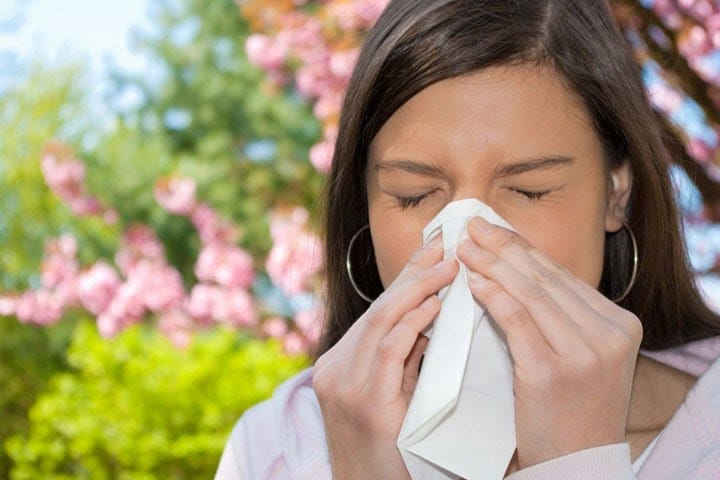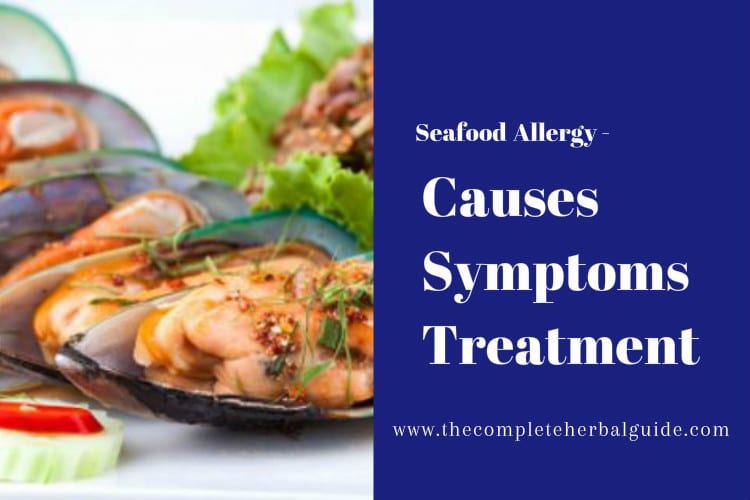
The Danger of Food Allergies in the Home and Classroom
By Bonnie Taub-Dix, MA, RDN, CDN
Table of Contents
- Let me share some scary statistics:
- Which allergy is the scariest for parents?
- Read labels!
- Be aware of the buzzwords associated with various allergies
- Notify other parents if your child is going on a playdate at their home
- If you’re unsure about a meal or a snack, take a pass
- Write, email, or call food manufacturers to be sure that you are getting products that are safe for you and your family
Let me share some scary statistics:
- According to the Center for Disease Control (CDC), the prevalence of food allergies has increased by 50 percent between 1997 and 2011.
- One in 13 children in the U.S. (under the age of 18) has food allergies.
- Every 3 minutes a food allergy reaction sends someone to the emergency room, which amounts to about 200,000 visits per year.
As outlined by The American College of Allergy, Asthma & Immunology (ACAAI), some of the most common food allergies in children are caused by a few culprits namely:
- Peanuts
- Cows
- Milk
- Eggs
- Tree nuts
- Soy
- Fish
- Shellfish
- Wheat
ACAAI underscores, “The most severe food reactions are caused by peanuts, tree nuts, fish, and shellfish, allergies that tend to last a lifetime.” They also point out that kids frequently outgrow allergies to wheat, eggs, soy, and cow’s milk.
Food allergies are becoming increasingly prevalent in our homes and in classrooms. A new study conducted by Udi’s Gluten Free and the National Parent Teacher Association (PTA) explored the commonality of food allergies and how the daily lives of kids, parents, and teachers are affected by these looming dangers every day. It was found that 71 percent of teachers have even purchased snacks on their own, such as gluten-free cupcakes, to give to children with allergies to prevent them from feeling left out during snack time. Moreover, 74 percent of teachers say they currently teach at least one student with a food allergy.
Which allergy is the scariest for parents?
Parents state that peanut allergies have the biggest fear factor, yet gluten intolerance is the hardest to manage daily. In any case, it’s important to recognize how heavily food allergies weigh on both parents and teachers. Trust and teamwork are key and when children are older, they become the most important member of that team.
If you have a child or if you know someone who is affected by food allergies, here are some tips that may help:
Read labels!
Although it’s important for everyone to read food labels, it’s particularly important to become a supermarket sleuth to search for offensive ingredients. Since 2004, the FDA has mandated that food allergens need to be clearly listed on food packages, and in addition, it is required that a company must note if a product was created on equipment that could have been shared by a potential allergen.
Be aware of the buzzwords associated with various allergies
For example, eggs can be labeled as albumin, globulin, lecithin, livetin, lysozyme, vitellin, or any word with the prefix “ova” or “ovo.” Knowing the synonyms of foods that need to be avoided will make detecting them much easier.
Notify other parents if your child is going on a playdate at their home
Be clear about allergy restrictions and the risks associated with cross-contamination. Don’t assume they fully understand the impact of this issue.
If you’re unsure about a meal or a snack, take a pass
If a food doesn’t wear a label or a product is made in a mom-and-pop shop, where the ingredients are unclear, do not put your child’s life or their friend’s life at risk! Prevention is key.
Write, email, or call food manufacturers to be sure that you are getting products that are safe for you and your family
Sometimes even reliable staples can be made or processed with new ingredients that may not be tolerable, or in fact, could be dangerous.
Educate yourself as much as possible if you, your child, or your child’s friend has a food allergy… you can never be too prepared!






